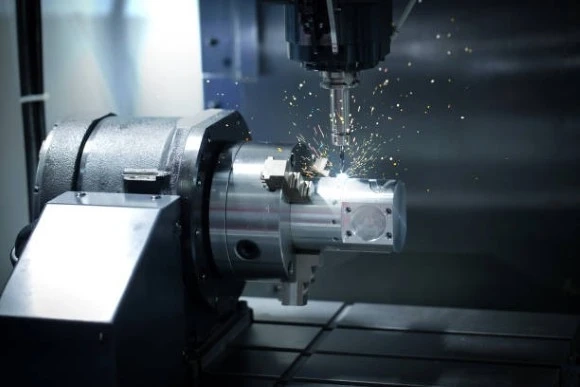CNC machines work by using electrical sparks to manipulate materials to achieve a desired shape. They can be programmed in a variety of ways, from a punch tape reader to a computer connected through RS-232-C communication. In this article, we'll discuss the basic parts of a CNC machine and the G-code language that guides and directs them.
G-code is a plain text language used to guide and direct CNC machines
CNC machines can use a variety of commands in G-code. These commands are used to specify movement and position of the machine. These instructions can vary depending on the type of machine. For example, a machine that can only move in one direction will not be able to perform the same task as another machine that can move in all directions. G-code can also be used to set the machine's measurement system. This can be done by setting the machine to either metric or imperial.
G-code can be generated from CAD programs using several inexpensive or free "translator" programs. Open your CAD drawing file in a Windows-based translator program and save it as a G-code file. Then, open the G-code file in a Windows-based text editor.
It is a plain text language
The G-code language is a text-based language that is used to write CNC programs. It follows a specific set of rules, such as not repeating any codes between blocks, and some codes have varying meanings. G-codes are written by a CAD/CAM program called the Post Processor.
G-codes are the instructions that CNC machines use to operate. The codes are composed of simple instructions that describe the movements and functions of a CNC machine. They also describe the tools that are used, their axes of rotation, and the electrical system voltages.
It is used to program a CNC machine
The first step in learning how to program a CNC machine is to select a computer-aided design (CAD) program. You should then import the machine model, machining fixture, and tooling paths for the spindle into the program. The software will generate G-Codes and M-Codes based on these parameters. These codes will control the machine's functionality. The entire programming process can take weeks, depending on the complexity of the part.
Next, you will need to define the speed and feed of the machine. If you don't specify a speed or feed, the machine will default to its last RPM. Speed also affects the feed rate, so be sure to adjust the feed time accordingly.
It uses electrical sparks to manipulate materials into the desired shape
CNC machines use electrical sparks to manipulate materials, such as plastics and metals, into the desired shape. This process produces an electrical discharge, which destabilizes the atoms in the target material and makes it malleable. These sparks are controlled, and they allow CNC machines to reshape materials with great precision. The material is placed between two electrodes, and the computer controls how much electrical discharge is applied.
CNC machines are helpful in manufacturing and construction industries, as well as in R&D, where prototypes are required to ensure quality and consistency. They reduce the human error associated with manufacturing and can streamline various production processes.
It produces complex parts with superb accuracy
CNC machines are able to produce complex parts with excellent accuracy. The accuracy of CNC machines is dependent on the design and the type of tool used. Usually, the design is complex and intricate. However, it is possible to make the design simple. For example, if the design includes a single curved piece, it will cost less to make. However, if the design is complex, it will cost more to process.
Precision machining involves the removal of material from a blank, maintaining tight tolerances, and eliminating human error. Various machines are used for this, such as milling machines and turning machines. CNC machining is an advanced type of precision machining, and it is highly automated. This type of machining is highly accurate and can achieve tolerances of up to 0.001 mm. Furthermore, CNC machines are cost-effective when it comes to producing complex parts.
0


